There’s something about a fastback that just works. That long sloping roofline wasn’t just for looks—it often improved aerodynamics and gave these cars an unmistakable silhouette. Whether they were muscle cars, touring coupes, or oddball sleepers, fastbacks had presence. But many of the best ones disappeared over the years, replaced by boxy sedans or bloated SUVs. This list rounds up 10 fastbacks that didn’t just look cool—they packed enough attitude, power, or engineering to earn a second shot in the modern era.
1965 AMC Marlin
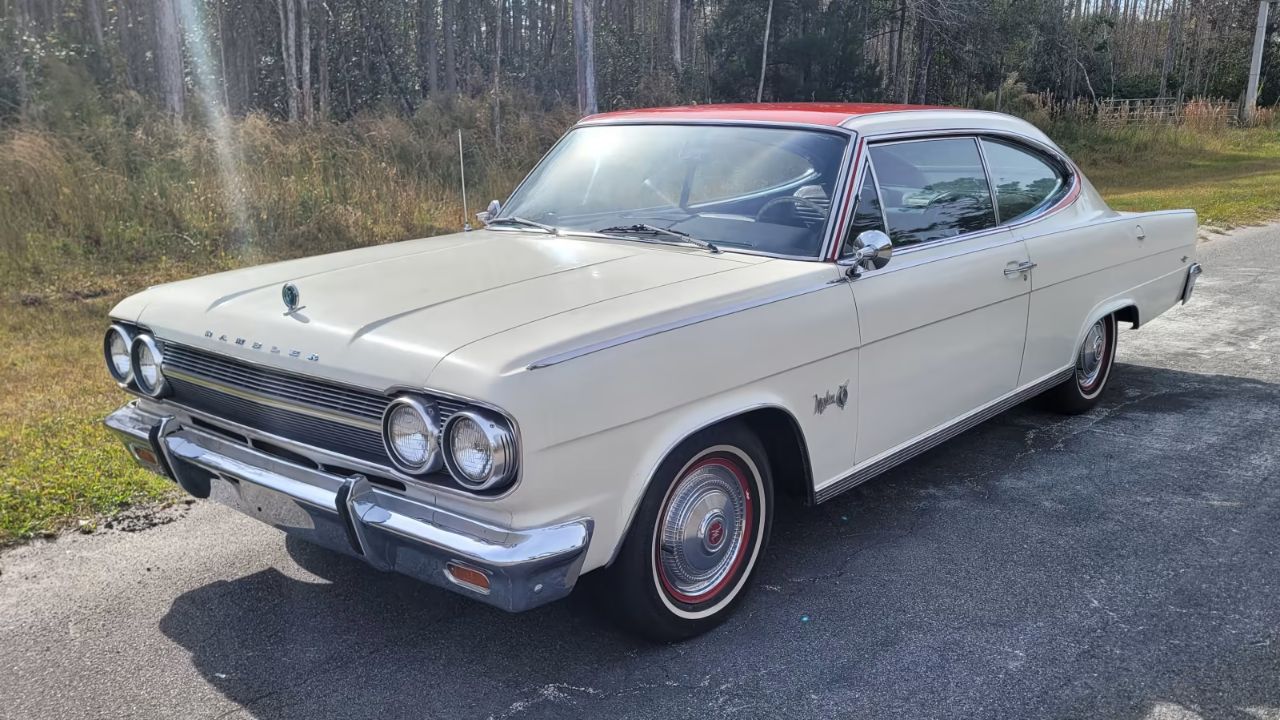
AMC tried to go upscale with the Marlin, based on the Rambler Classic platform but styled with a fastback profile. It was longer than most pony cars and aimed more at personal luxury than dragstrip speed. Power came from a 232 inline-six or an optional 287 V8 making 198 hp.
Sales were modest—just over 10,000 in its first year—and AMC dropped it after 1967. But the Marlin’s oddball proportions and daring design have aged better than expected. It’s a weird one, but weird in a way that could work today with modern tech and cleaner lines.
1971 Ford Mustang SportsRoof

The ‘71 Mustang SportsRoof was the last gasp of big-body Mustangs before things shrank down again. Its stretched fastback design was aggressive, and when paired with the 429 Super Cobra Jet, it became a true highway bruiser. That engine made up to 375 hp.
Ford sold over 149,000 Mustangs that year, but the larger dimensions turned off some fans. Still, the SportsRoof had serious presence, and its wide stance and swept profile make it ripe for a modern reinterpretation—especially in a performance EV world where aerodynamics matter again.
1968 Plymouth Barracuda Fastback

The second-gen Barracuda lost its rear fishbowl glass from 1964, but the fastback body remained a highlight. It was available with everything from a slant-six to the potent 383 V8. The 340 version became a sleeper favorite, offering great balance and underappreciated power.
While the notchback and convertible got attention, the fastback was arguably the most visually cohesive. Plymouth built over 175,000 Barracudas in ’68 across all body styles, but this version stood out. If any classic Mopar body needs another swing in a modern package, it’s this one.
1966 Dodge Charger

Before it became a muscle car heavyweight, the original Charger debuted as a fastback version of the Coronet. It came with a full-length console and four bucket seats, plus an optional 426 HEMI V8 that made 425 hp. Only 468 HEMI-equipped units were built in ’66.
It didn’t sell well—just over 37,000 units total—but its silhouette became instantly recognizable. The massive rear glass and sweeping roofline still turn heads. With Dodge phasing out the current Charger, a modern tribute to the ’66 fastback might be exactly the kind of nostalgia play that works.
1970 AMC Javelin SST
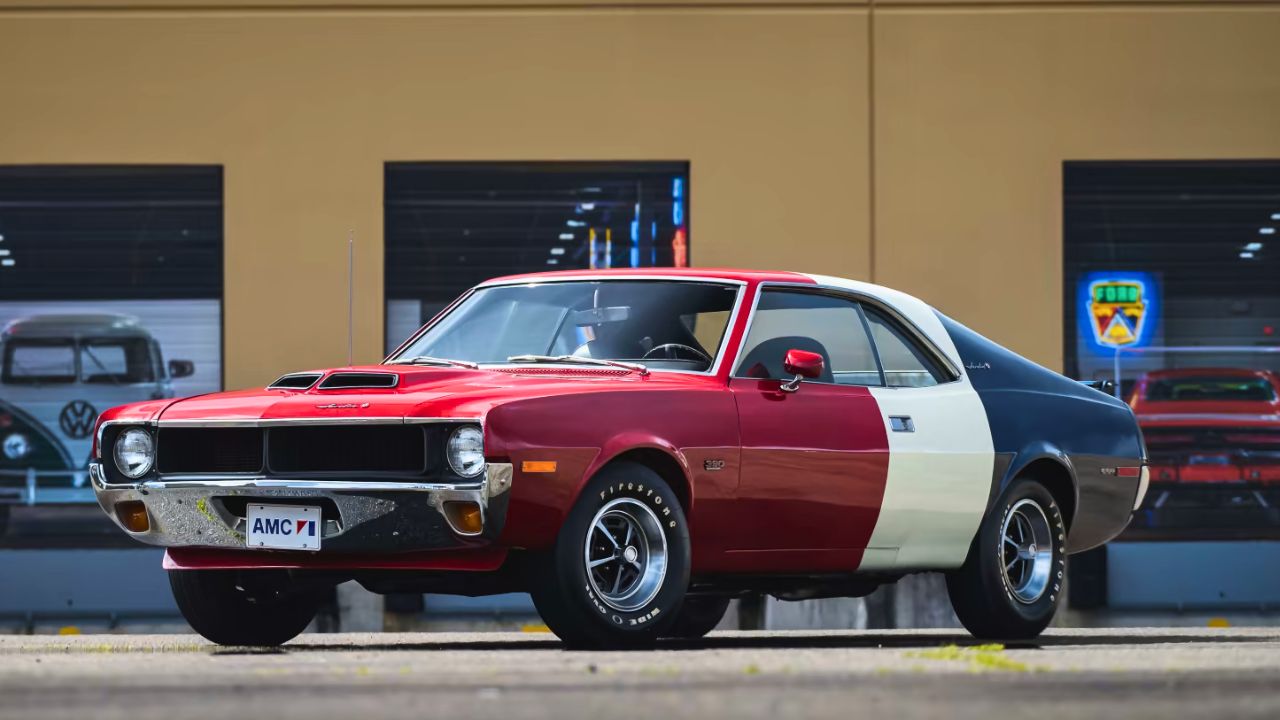
AMC went head-to-head with the Big Three pony cars when it introduced the Javelin. The SST fastback trim could be optioned with a 390 V8 making 325 hp. It was well-proportioned and leaned into the European-inspired grand touring aesthetic more than its competitors.
Just over 30,000 Javelin SSTs were sold in 1970, but its unique shape gave it character. In an era when design keeps circling back to heritage, the Javelin’s silhouette offers a fresh—but familiar—alternative to today’s muscle coupe monotony.
1967 Mercury Cougar XR-7
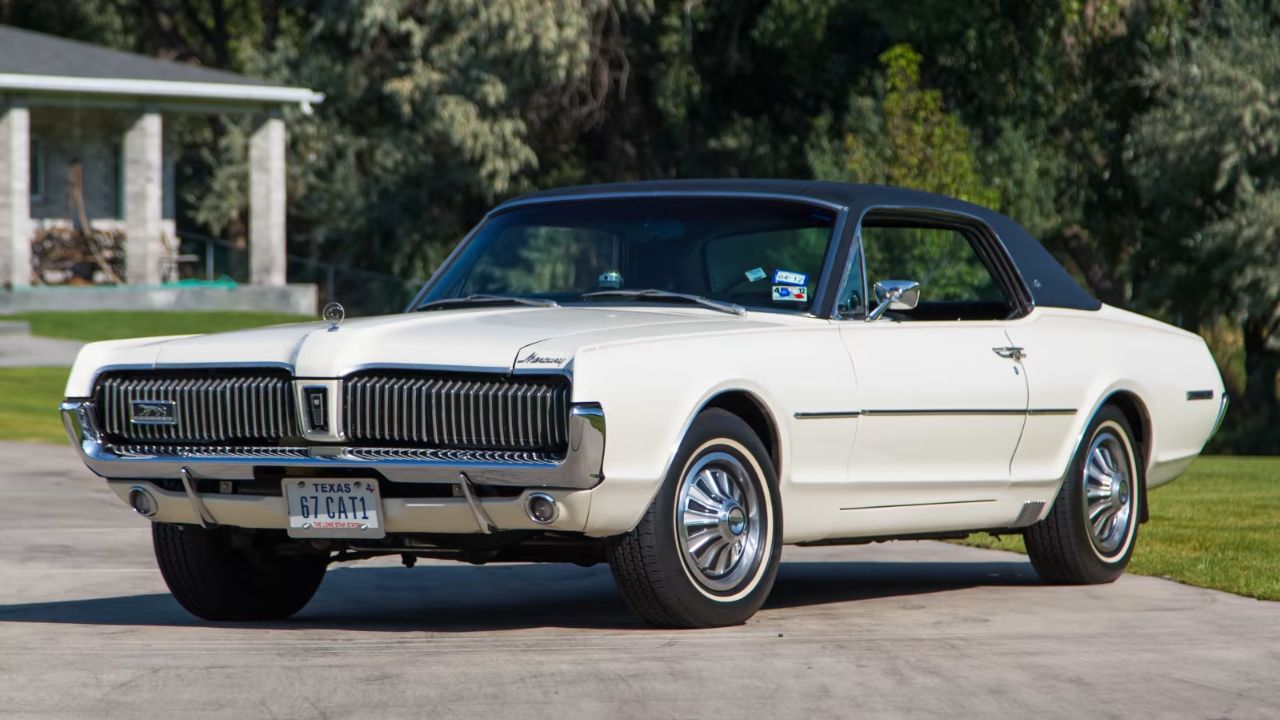
The Cougar launched as Mercury’s answer to the Mustang, riding on a slightly longer wheelbase and featuring hidden headlights and European-inspired refinement. The fastback-styled hardtop looked the part, and the XR-7 trim added upscale leather and woodgrain touches.
Though technically a notchback, the roofline flowed so smoothly into the rear deck that it carried fastback flair. Mercury moved over 150,000 Cougars in 1967, and the car helped carve out a unique identity for the brand. A revival wouldn’t just honor Mercury—it might reintroduce a cleaner, more refined pony car style.
1974 Buick Century Gran Sport Colonnade
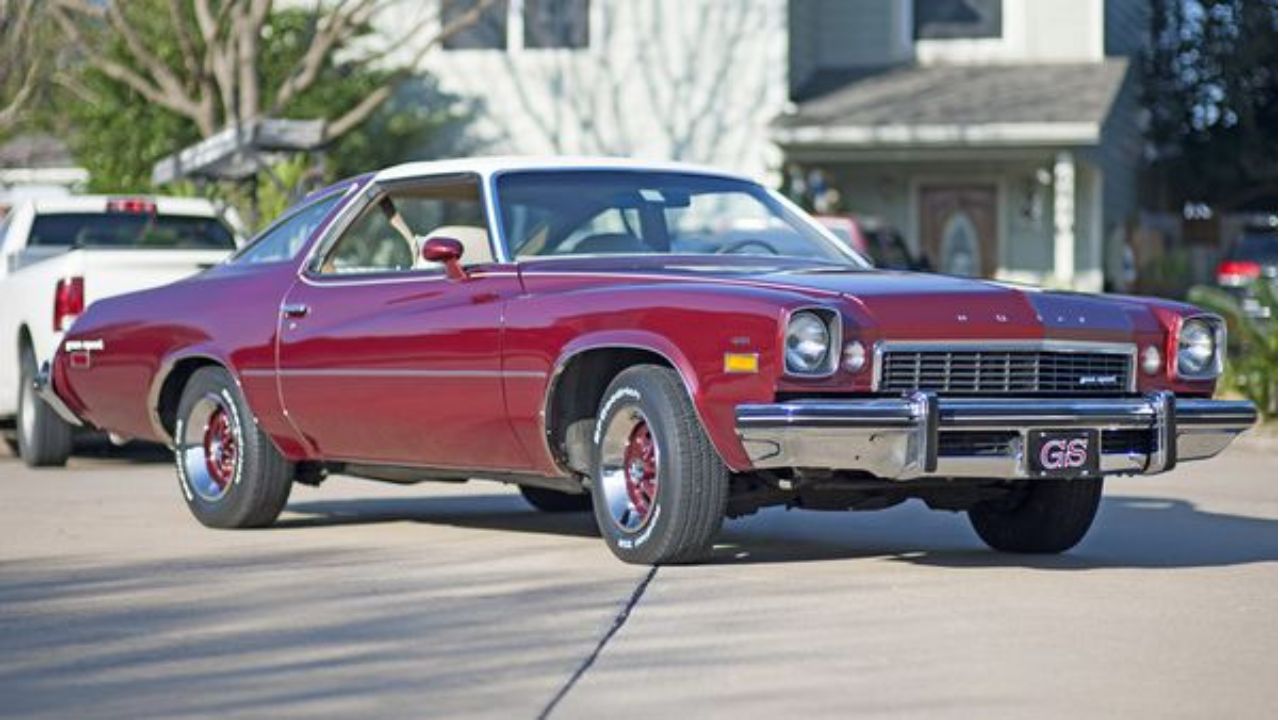
The ‘74 Century Gran Sport wasn’t technically a fastback, but the Colonnade styling gave it a sleek, sloping profile that set it apart. With the Stage 1 455 V8 under the hood, this car was underrated muscle during the early malaise era, pushing 245 net horsepower and a mountain of torque.
Production for the Gran Sport 455 was low—under 800 units—but the styling and big-engine combo made it memorable. A modern Grand Tourer with a fastback roofline and torque-heavy performance would be a fitting callback to this forgotten oddity.
1969 Dodge Charger Daytona

The Daytona was a homologation special built to dominate NASCAR. It featured a pointed nose cone and massive rear wing, but its fastback roofline was what gave it high-speed stability. Underneath, the 440 Magnum or optional 426 HEMI brought serious punch.
Only 503 were built, making it a collector’s favorite. The dramatic styling still looks purposeful, and the idea of building a sleek, slippery car purely for racing homologation feels refreshingly mechanical in today’s digital age. A tribute wouldn’t even need a wing—just that sweeping back and serious intent.
1973 Chevrolet Chevelle Laguna Type S-3

The Laguna S-3 was a NASCAR star, with a wind-cheating fastback-style rear and an aerodynamic front end introduced in 1974. It came with several V8 options, including a 454, but the car’s real strength was its high-speed stability and road presence.
Despite its track success, it didn’t catch on with the public. Fewer than 20,000 units were built over its short run. It had the shape and setup of a touring car before that term meant anything in the U.S., and in a modern context, that formula still makes sense.
1971 Plymouth Satellite Sebring Plus
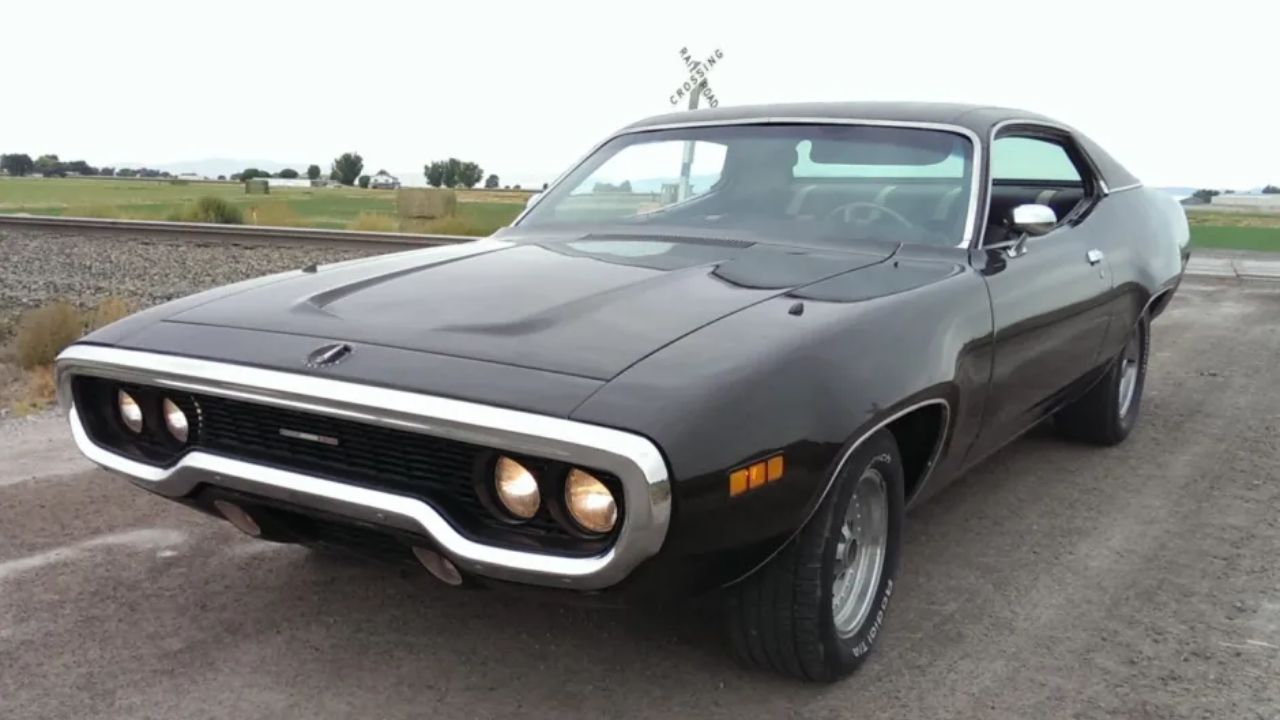
The ’71 Satellite Sebring Plus had a subtly sculpted fastback shape that looked great in motion. It shared a platform with the Road Runner and GTX but aimed more at comfort than raw speed. Still, it could be ordered with a 383 or 400 big-block V8.
While not as flashy as its muscle-bound siblings, the Sebring Plus had clean lines and solid build quality. With just under 60,000 built that year, it wasn’t exactly rare, but it’s mostly forgotten today. Its elegant profile makes a strong case for a fastback revival with modern underpinnings.
Like Fast Lane Only’s content? Be sure to follow us.
Here’s more from us:

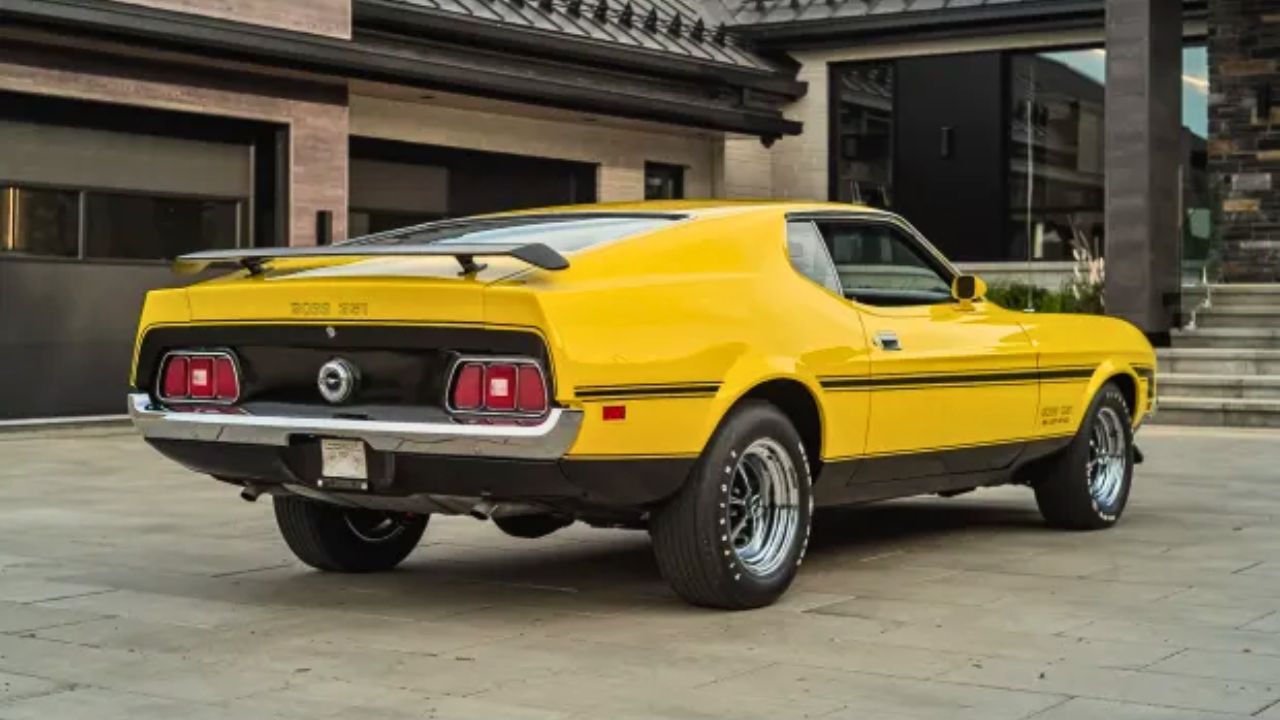
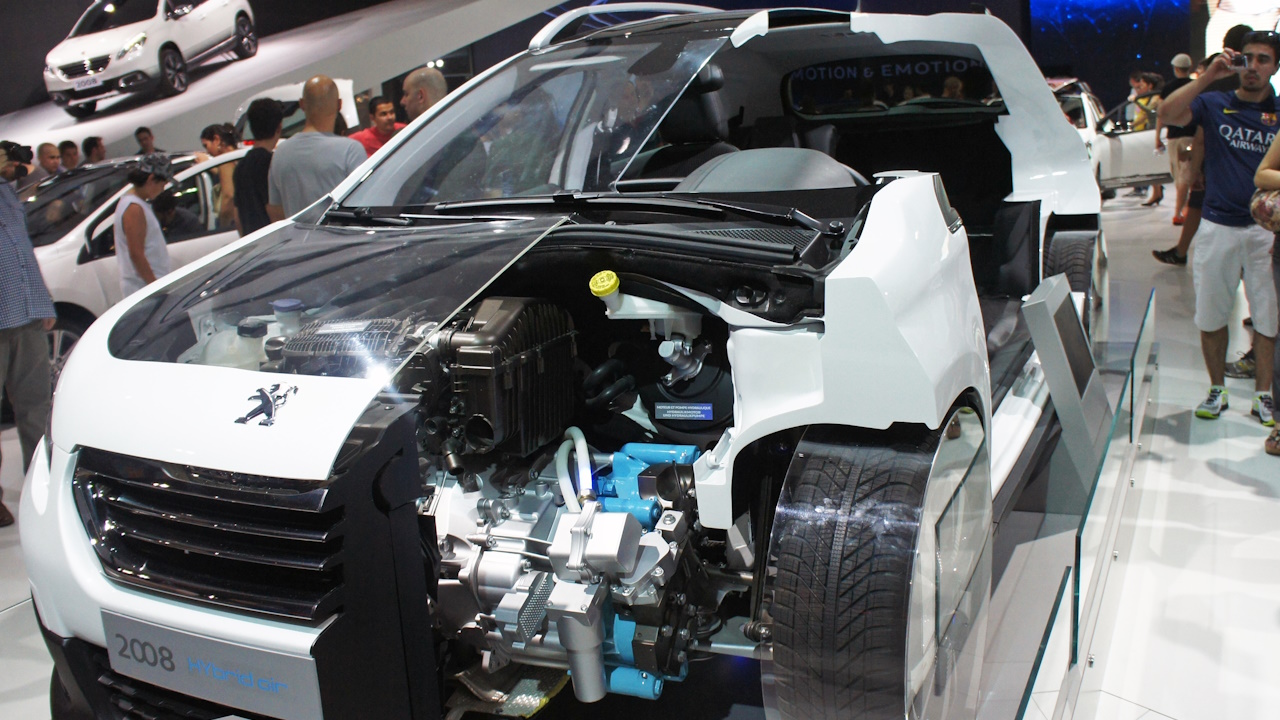
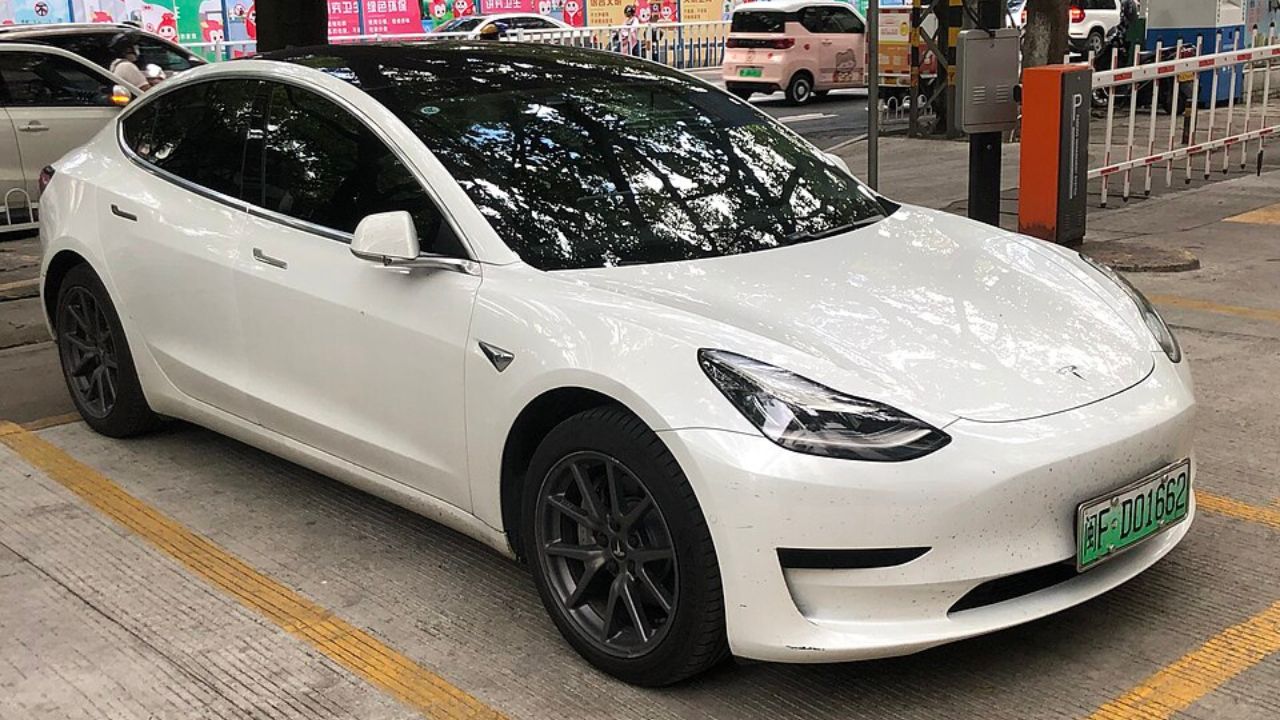
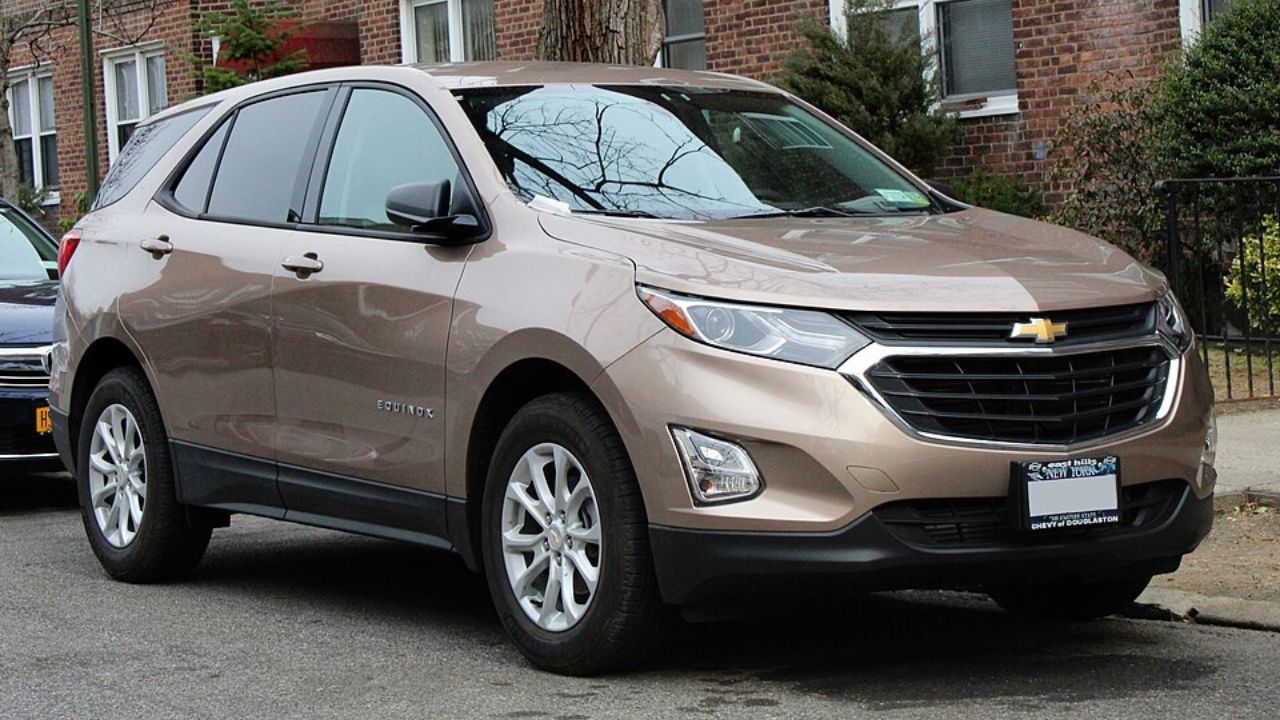

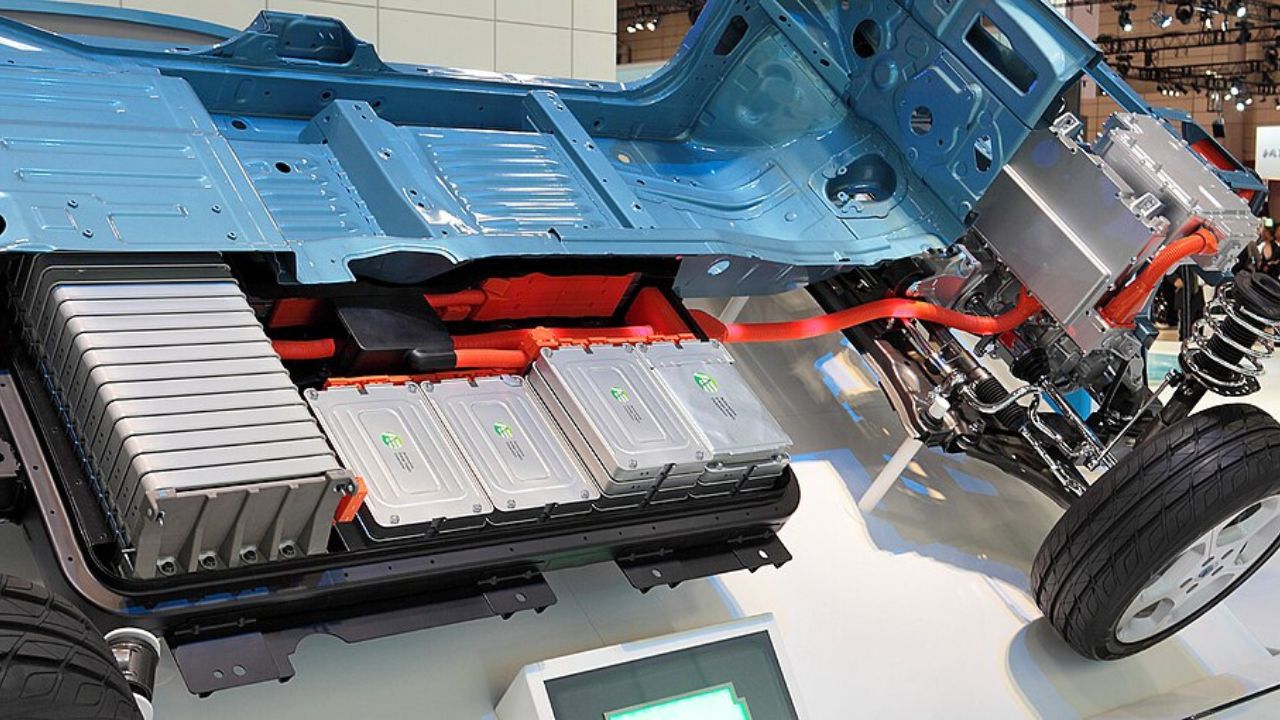
Leave a Reply